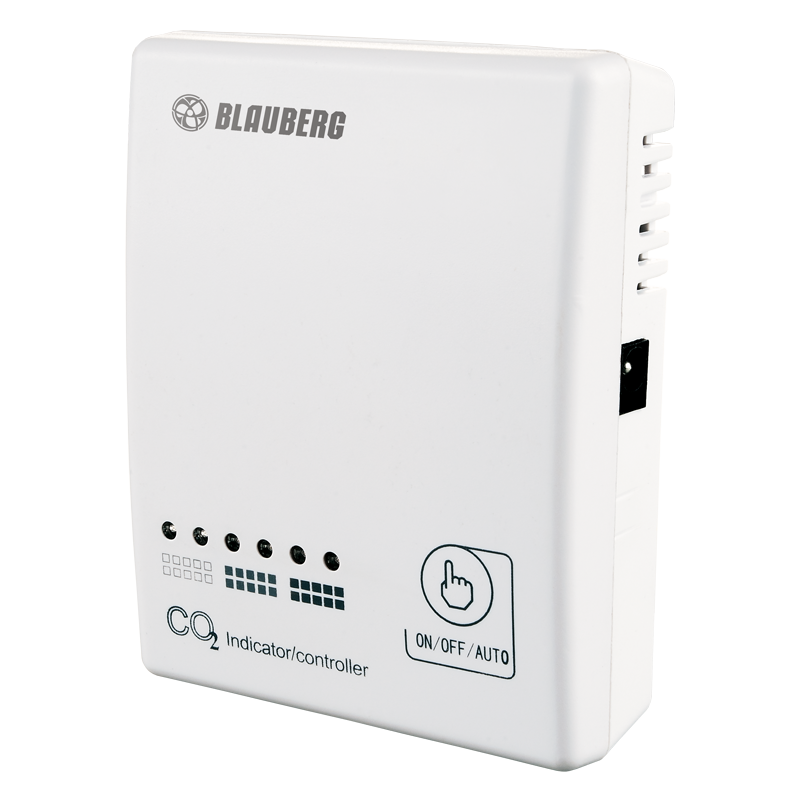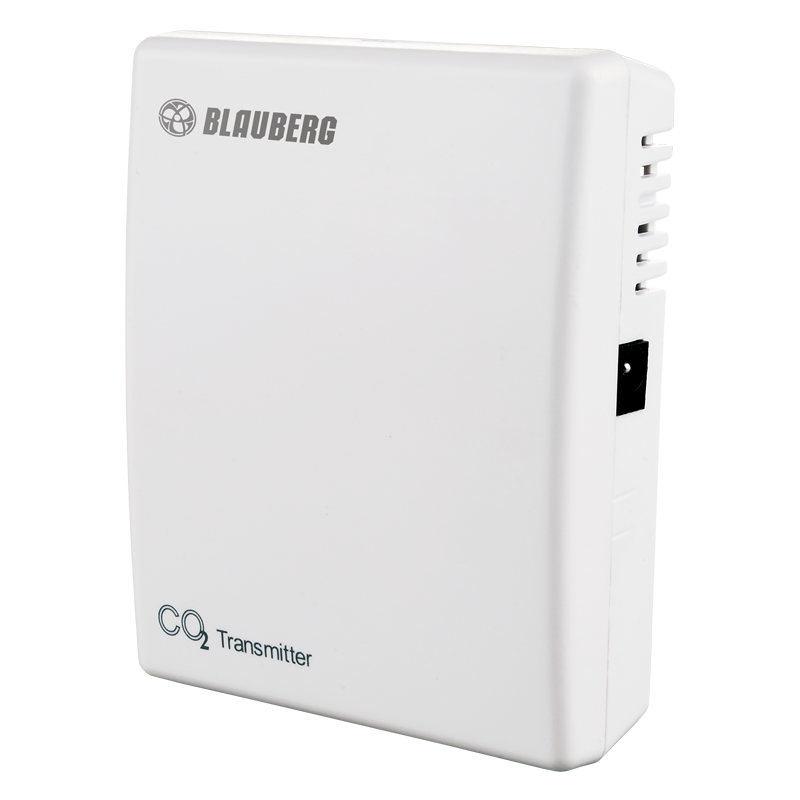| Unit of measurement | Freshbox 100 ERV WiFi | |||
| Connected air duct size | in | 4” | ||
| Phases | - | 1 | ||
| Minimum supply voltage | V | 120 | ||
| Maximum supply voltage | V | 120 | ||
| Power supply frequency | Hz | 50/60 | ||
| Rated power | W | 20 | 29 | 53 |
| Heat recovery efficiency | % | 90 | 86 | 80 |
| Heat exchanger type | - | Counter flow | ||
| Heat exchanger material | - | Enthalpy | ||
| Transported air temperature (max) | °С | 50 | ||
| Transported air temperature (min) | °С | -25 | ||
| Sound pressure level LpA at 10 ft | Sones | 13 | 27 | 39 |
| Name | Photo | Description |
|---|---|---|
| Blauberg HR-S |

|
The humidistat is designed for controlling humidification and/or dehumidification in ventilation, air conditioning and heating systems. Can also be used to alarm when the humidity exceeds or falls below a pre-set level. |
| Blauberg CD-1 |

|
The sensor is designed for indoor carbon dioxide concentration measurement and respective air capacity regulation through the control output signal to the fan. Air capacity control based on CO₂ concentration is an efficient energy saving solution. |
| Blauberg CD-2 |

|
The sensor is designed for indoor carbon dioxide concentration measurement and respective air capacity regulation through the control output signal to the fan. Air capacity control based on CO₂ concentration is an efficient energy saving solution. |